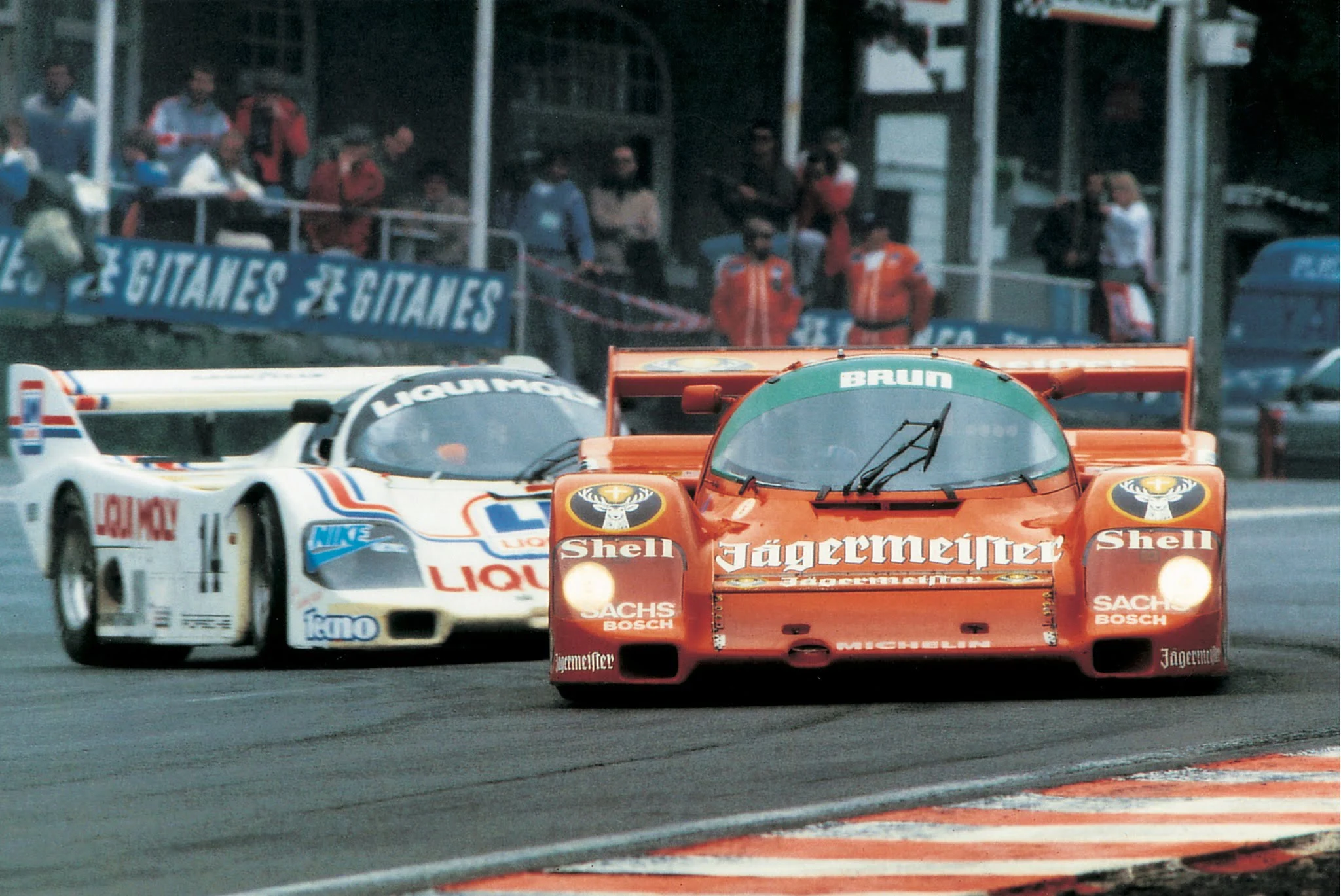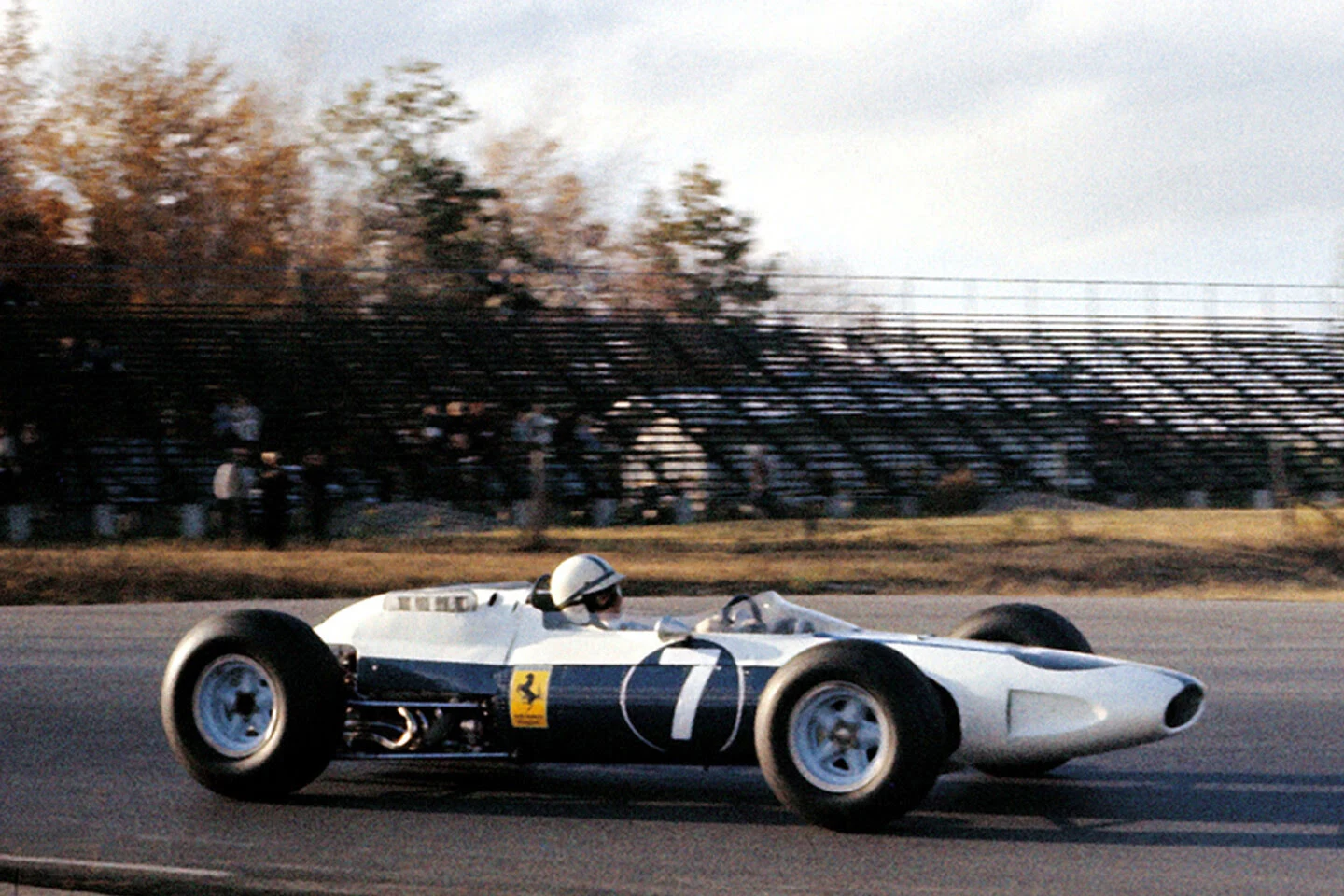Brun Motorsport. The German private team that became World Champion
11 October 2023 2 min read 3 images

Photo credit: Brun Motorsport, Wheelsage
After a long career as a gentleman driver, which began in 1966, Walter Brun, a Lucerne-based businessman with an enduring passion for racing, bought GS-Tuning in the Gundelfingen district of Freiburg in the autumn of 1982, and founded the Brun Motorsport racing team.
Register to unlock this article
Signing up is free and gives you access to hundreds of articles and additional benefits. See what’s included in your free membership. See what's included in your free membership.
Already have an account? Log In


